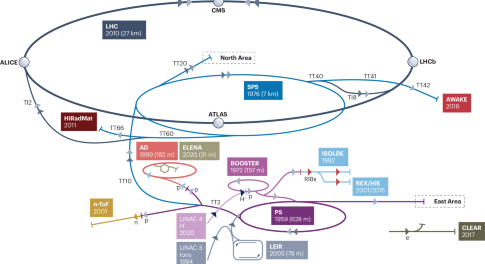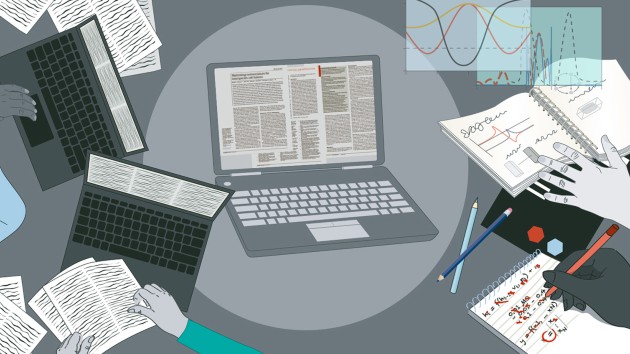
Celebrating 100 years of the Ising model
In a series of Research Highlights, we look at the history of the model — solved in 1D in 1924 — and how it’s used today.

In a series of Research Highlights, we look at the history of the model — solved in 1D in 1924 — and how it’s used today.


CERN marks this year a major anniversary, of 70 years at the forefront of accelerator technology for high-energy physics. The story of its accelerator complex and 27-km tunnel — a major achievement in engineering and physics — is still unfolding.
